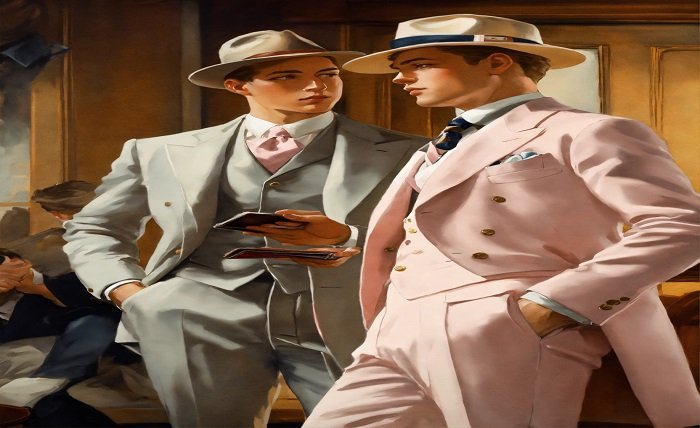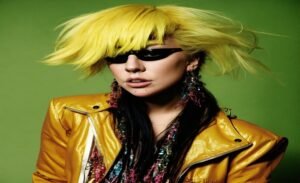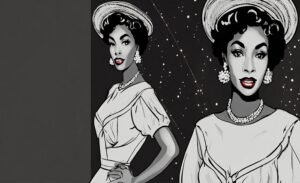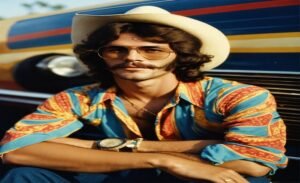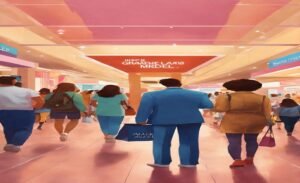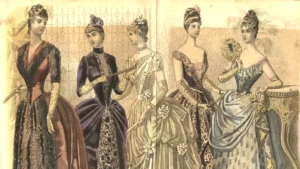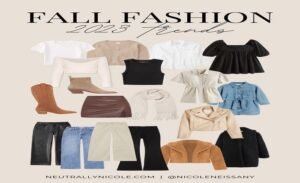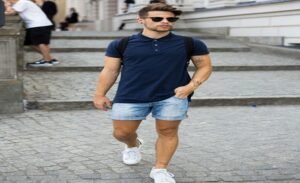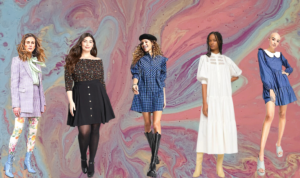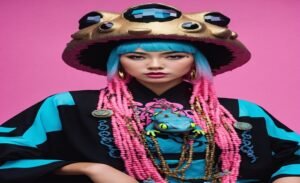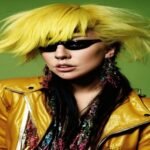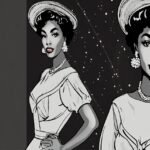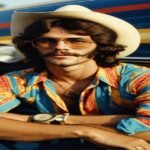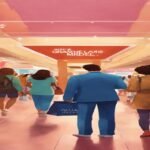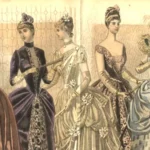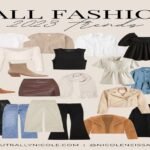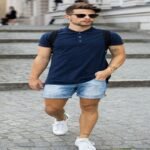Introduction:
The 1920s fashion men were a decade of great upheaval and extravagance, sometimes called the Roaring Twenties. Men’s clothing also saw a significant advancement in trend during this time. Let’s explore the elegant fashion that characterized the time, from the timeless suits to the relaxed knits.
Suits and Sophistication
In the 1920s fashion men,a man’s clothing revolved around his suit. It was a daily need for the well-groomed gentleman and a status symbol. Unlike the constricting apparel of earlier years, suits were distinguished by their loose fit. Browns, blue, and delicate patterns like pinstripe and plaid—which were gaining popularity among the upper classes—were among the rich colors and textures of the fabrics.
Casual and Workwear
Relaxed styles brought about a substantial change in casual wear. For the average guy, knitted sweaters, heavy overcoats, and breeches were essentials. The working class was known for its stylish yet functional workwear, with two-pocket work shirts and overalls being popular choices.
1920s fashion men Accessories and Grooming
In the 1920s Fashion Men, and accessories played a major role in menswear. Colorful neckties and bow ties, as were hats such as the Fedora and the Boater, were also indispensable. Throughout the decade, clean-shaven looks and well-groomed haircuts dominated grooming trends, which were oriented toward polished sophistication.
Influence of the Jazz Age
There was a spirit of liberation and revolt throughout the Jazz Age. This was mirrored in menswear as athletics became fashionable and as prominent individuals helped popularize the era’s defining looks.
In the 1920s fashion men hairstyles
The 1920s fashion men were a revolutionary decade characterized by glitzy fashions, avant-garde styles, and extraordinary riches. During this time, men had elegant, tidy, and manly haircuts. Let’s look at a few of the most well-known men’s haircuts from the Jazz Age:
Slicked-Back Hair: A pomade was frequently used to have the hair slicked back for a sleek, glossy appearance. Guys who liked a more sophisticated and polished look were especially fond of this
Short Curls: Men would wear short curls around their ears for a more laid-back appearance, which gave them look a whimsical.
Side Part: Another distinguishing feature of men’s hairstyles in the 1920s was a well-defined side part, which provided a polished appearance appropriate for both formal and casual settings.
Pompadour: Some men choose to wear their hair in a pompadour, which is voluminous and involves sweeping the hair forward from the forehead and up over the head.
These haircuts, which emphasized a well-groomed and stylish image that has continued to inspire current fashion, captured the essence of the Roaring Twenties.
Conclusion
Men’s fashion saw a significant transformation during the 1920s. It was a time when style and comfort were valued, enabling men to express their uniqueness via their wardrobe choices. The Roaring Twenties were undoubtedly a stylish decade, as seen by the way that 1920s fashion has influenced contemporary design.
FAQ
Q: What were the key features of 1920s men’s suits? Textured materials like flannel and wool tweed were used to create suits with broad lapels and a looser fit. They frequently have pinstripe and plaid patterns
.Q: How did casual wear differ in the 1920s? The advent of knitted sweaters, long overcoats, and breeches made casual clothing more carefree. Comfort was prioritized without compromising elegance.
Q: What role did accessories play in 1920s men’s fashion? Accessory pieces were essential for finishing an ensemble and incorporating a splash of color. Pocket watches, neckties, bow ties, and hats were all common accessories during the period.
Q: How did the Jazz Age influence men’s fashion? Rebellion and a spirit of independence were introduced throughout the Jazz Age. Sportswear gained popularity, and many styles were greatly popularized by celebrities.

